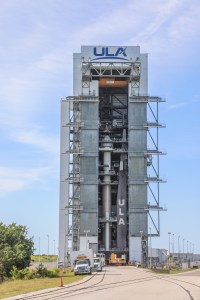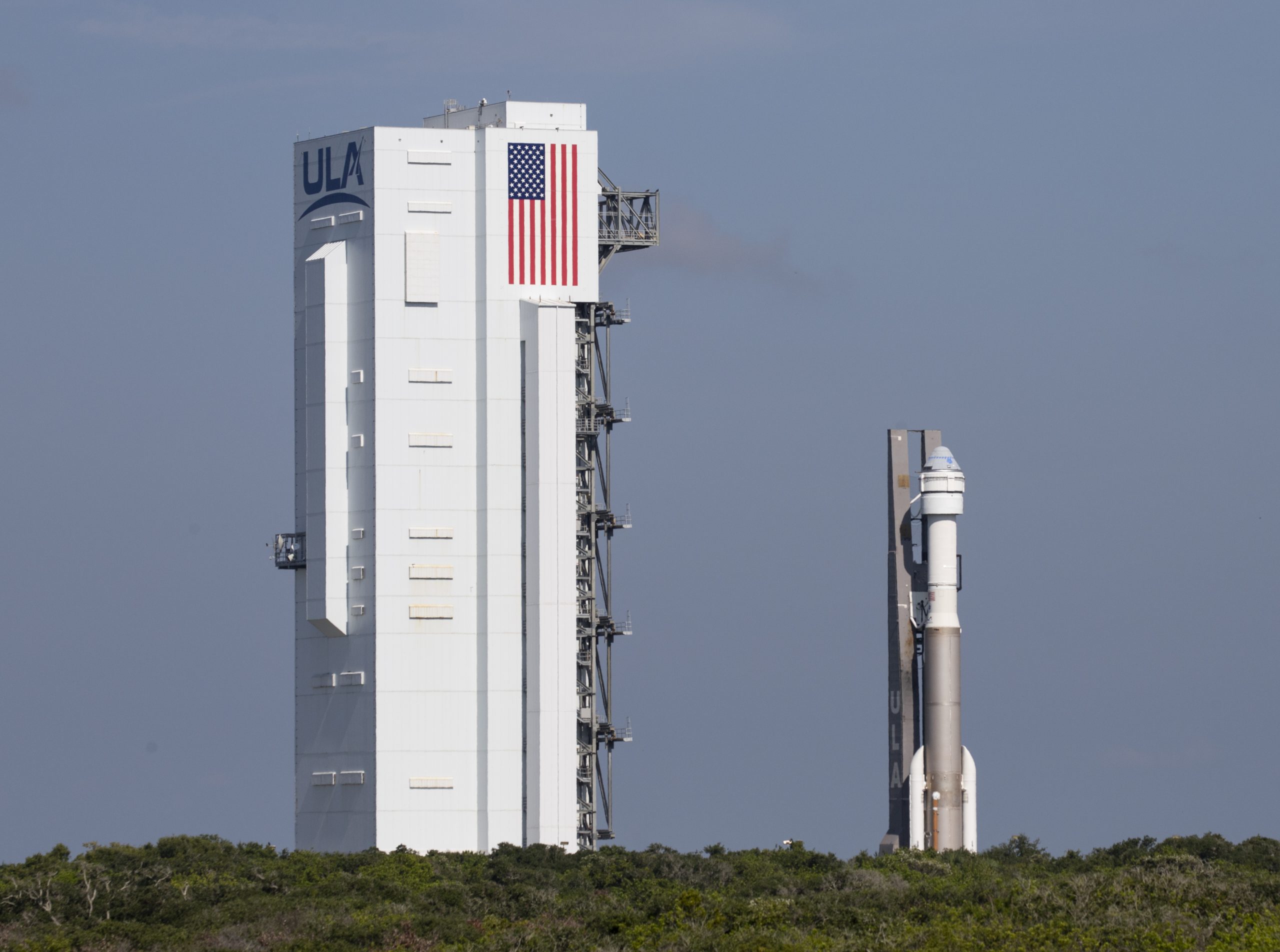

NASA teams joined Boeing on April 16 to move the Starliner spacecraft out of the company’s Commercial Crew and Cargo Processing Facility at the agency’s Kennedy Space Center in Florida to the launch site.
Technicians lifted and connected the spacecraft to the top of a United Launch Alliance Atlas V rocket at the Vertical Integration Facility at Cape Canaveral Space Force Station ahead of NASA’s Boeing Crew Flight Test mission.
NASA astronauts Butch Wilmore and Suni Williams are the first to launch aboard Boeing’s Starliner spacecraft to the International Space Station. Liftoff is scheduled for no earlier than 10:34 p.m. EDT Monday, May 6, from Cape Canaveral’s Space Launch Complex-41. The astronauts will spend about a week at the orbiting laboratory before the crew capsule makes a parachute and airbag-assisted landing in the southwestern United States.
After successful completion of the mission, NASA will begin the final process of certifying Starliner and its systems for crewed rotation missions to the space station.
Wilmore and Williams will wrap up flight preparations in Houston and arrive at NASA Kennedy no earlier than Thursday, April 25.
Learn more about the NASA’s Boeing Crew Flight Test by following the mission blog, the commercial crew blog, @commercial_crew on X, and commercial crew on Facebook.


